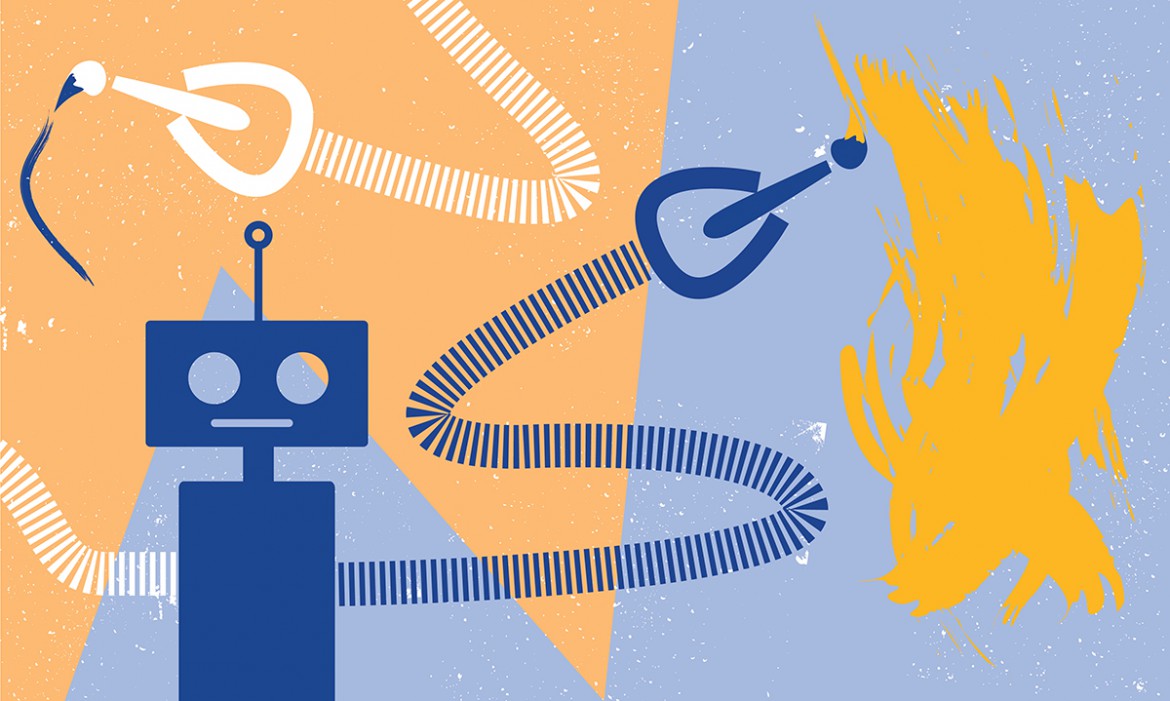
It happens almost before you know it: a problem presents itself, and a solution is illuminated like a light bulb in a dark, cluttered attic. But we can’t possibly rely on our intuition in this new age of big data, so we ping-pong from one viable solution to another – all promising efficiency and streamlined accuracy utilizing user-mined data analysis – in search of the “best” solution, according to…whom?
Inventor, computer scientist, and musician Jaron Lanier refers to our current economy as an “information economy” – or one in which currency is exchanged for data about things or people. In this sort of economy, data miners like Facebook or Twitter offer free software for users to accumulate information about themselves that can then be sold to advertisers for billions of dollars. To many, this sort of economy is responsible for ushering in a new age of simplicity in communication, research, decision making, shopping, and even independent commerce. However, with every product, person, or piece of information at your fingertips, hasn’t life just gotten a whole lot more complicated? Can’t we expect to find thousands of different solutions to our problem? While this might be a quite useful aid in making the most informed choice, we are still taking on all the risk in implementing it. As my grandfather always says: “You can research it to death; what are you going to do about it?”
It’s been said time and again throughout history (and, yes, by Steve Jobs) in relation to countless professions and industries: real artists simplify. While we aren’t all artistic in the creative sense, the dictionary defines the artist alternately as “a person skilled at a particular task or occupation,” which, I think it’s safe to say, includes the majority of professionals working today – no matter what it is that you do. Consider the creative artist; when faced with a problem, does he or she rely on algorithms and trends for illumination? Did Van Gogh conduct market research for the answer to why his paintings weren’t selling, and if he had, would he have changed his method – his creative expression – to suit these findings? While no one can say one way or the other with any certainty, it’s understood that art is about recognizing and then pushing through the boundaries in setting oneself apart, and an artist is simply any person who subscribes to this understanding. In other words, artists take risks – huge risks – and let others ask the questions. In so doing, artists serve as the very trend-setters that big businesses and data servers mine for advertising profit. That’s you, and me. We create the trends. We generate the information. We simplify the process.
So, coming full-circle: you are an artist, a skilled professional; your input – human input – is what is considered the new gold by data miners and advertisers. Your decisions lead this economy forward. While big data and the Internet is there to help in many cases, it can become a hindrance when too much stock is placed in its omniscience and valuable hours are wasted skulking around its dregs. In order to simplify the problem-solving process, trust yourself as much as the global conglomerates do; express yourself through your unique illumination into the resolution of the problem. Be human the first time, and assume your own risk. After all, with Kurzweil’s Singularity rising, we might not get the luxury in the very near future. (That was a joke to prove how fun humanity can be…)



